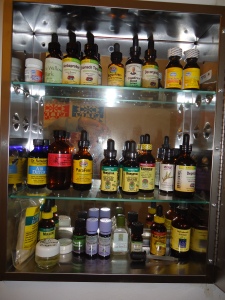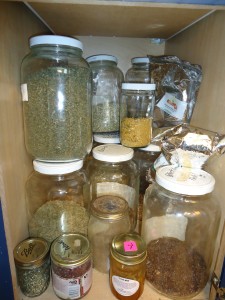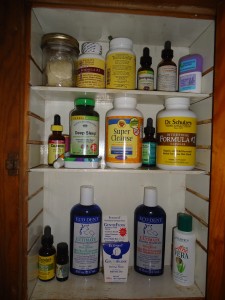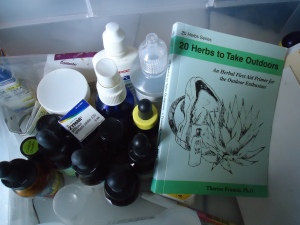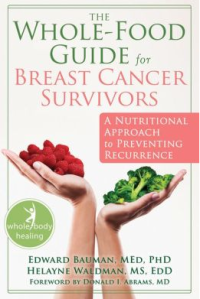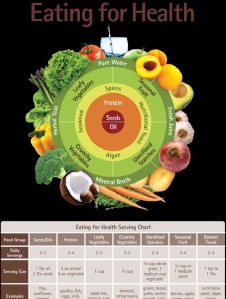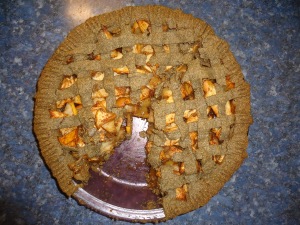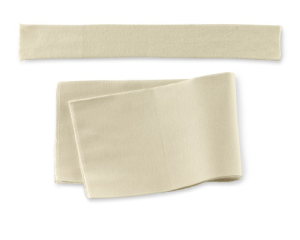"One of the biggest tragedies of human civilization is the precedence of chemical therapy over whole food nutrition.
It is substitution of artificial therapy over natural, of poison over food, in which we are feeding people poisons trying to correct the reactions of nutritional starvation." -Dr. Royal Lee
Herbs are Food
Herbs can be used in tea, tinctures, oils, poultices, and some eaten whole as food.
A common message heard from main stream media and western medicine is Do NOT use herbs as they are potentially dangerous.
As an Herbalist, I am here to remind you what we have known as humans interacting with the Nature: Herbs are plants with body cell nourishing capabilities.
When we know, or work with someone who knows, the nourishing and medicinal benefits of herbs we can use them to support our health and healing. Many factors are considered to help guide the decision as to which herb, or combination of herbs, would best support an individual’s health and healing.
Historically, people learned from each other which plants support which body organs and systems. We learned from our elders which plants supported the nourishing and healing of an individual’s needs.
Herbs are a plant: leaf, root, stems, bark, berries, seeds. Herbs are plants, similar to plants we eat as vegetables.
The individual herb has nutritional and healing properties with affinities for certain tissues. Some examples:
Hawthorne berry for the heart
Saw palmetto for the prostate
Red Raspberry leaf for the uterus
Rhubarb root for the colon
Milk thistle for the liver
Nettle as a general nutritive herb
Dandelion and burdock root for liver cleansing
The list of herbs and their benefits is as long as the list of plants we share this Earth with.
The above herbs are a few example of herbs and the tissue / organ they have affinities for healing. Healing happens because the herb adds whole food nutrition to your body cells. Plants we eat as food serve the same physiological process of nourishing our body cells.
Recommendations for working with herbal plants:
Read up on the herb you want to take. Learn about the herb and its healing affinities before you make the decision to take it.
Contact an herbalist for help in choosing the right herb, or blend of herbs, to add to your plan for health and healing. The herb or blend of herbs for one person may not be the best blend for another person with the seemingly same “symptoms presentation.” Healing is not a one size fits all experience.
Eat a whole food diet. Your body cells require whole food nutrition to function properly in each moment, replicate as normal & healthy cells, and keep your being whole for vital longevity.
Herbs are amazing nutrition for the body but they cannot make up for a refined, processed, junk food product diet.
Herbs are whole foods. Use them wisely for whole body healing.
Stinging Nettle, below, are one of my favorite herbs. Nettles are a powerhouse of nutrition and healing energy for the whole body.





